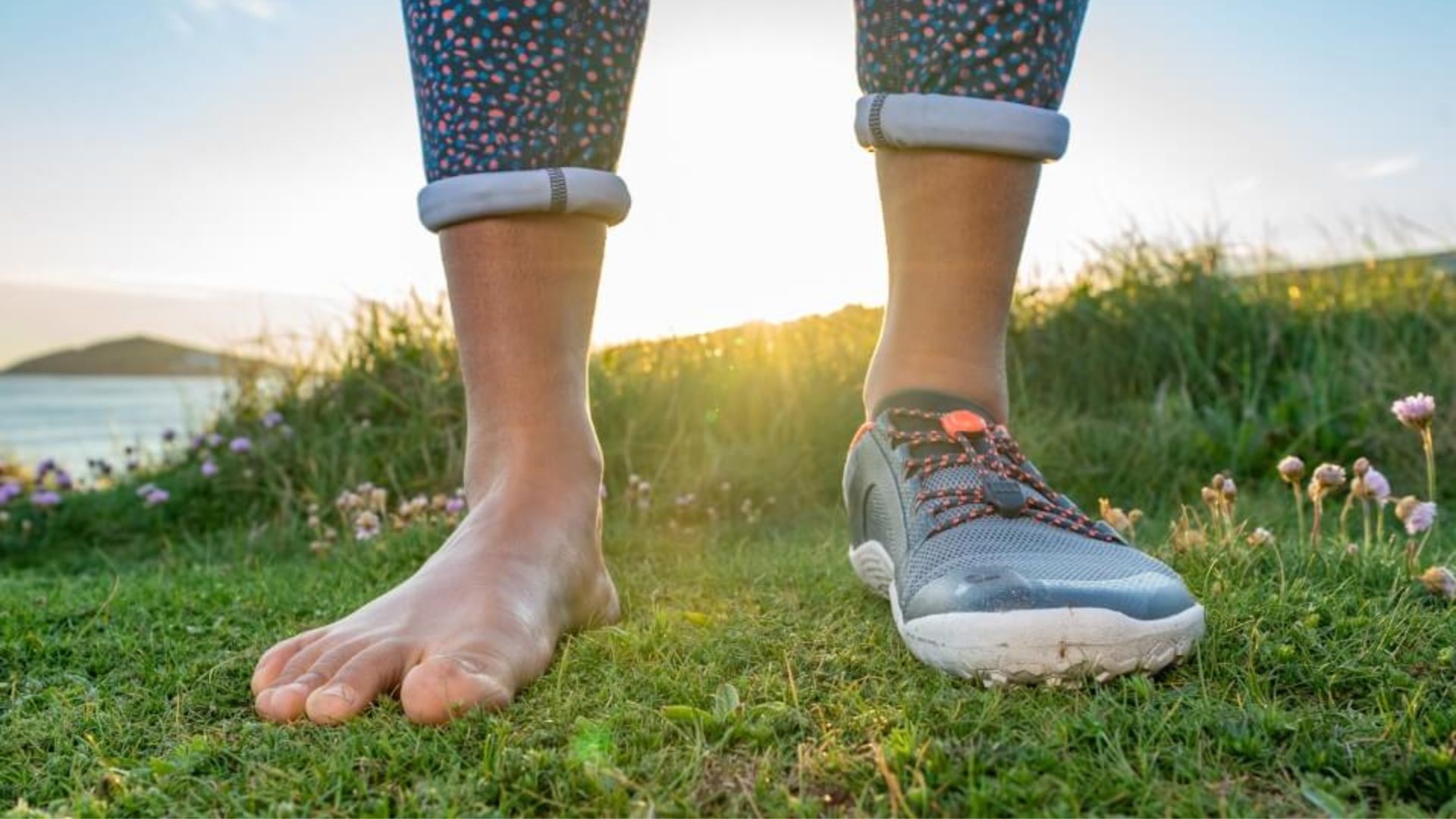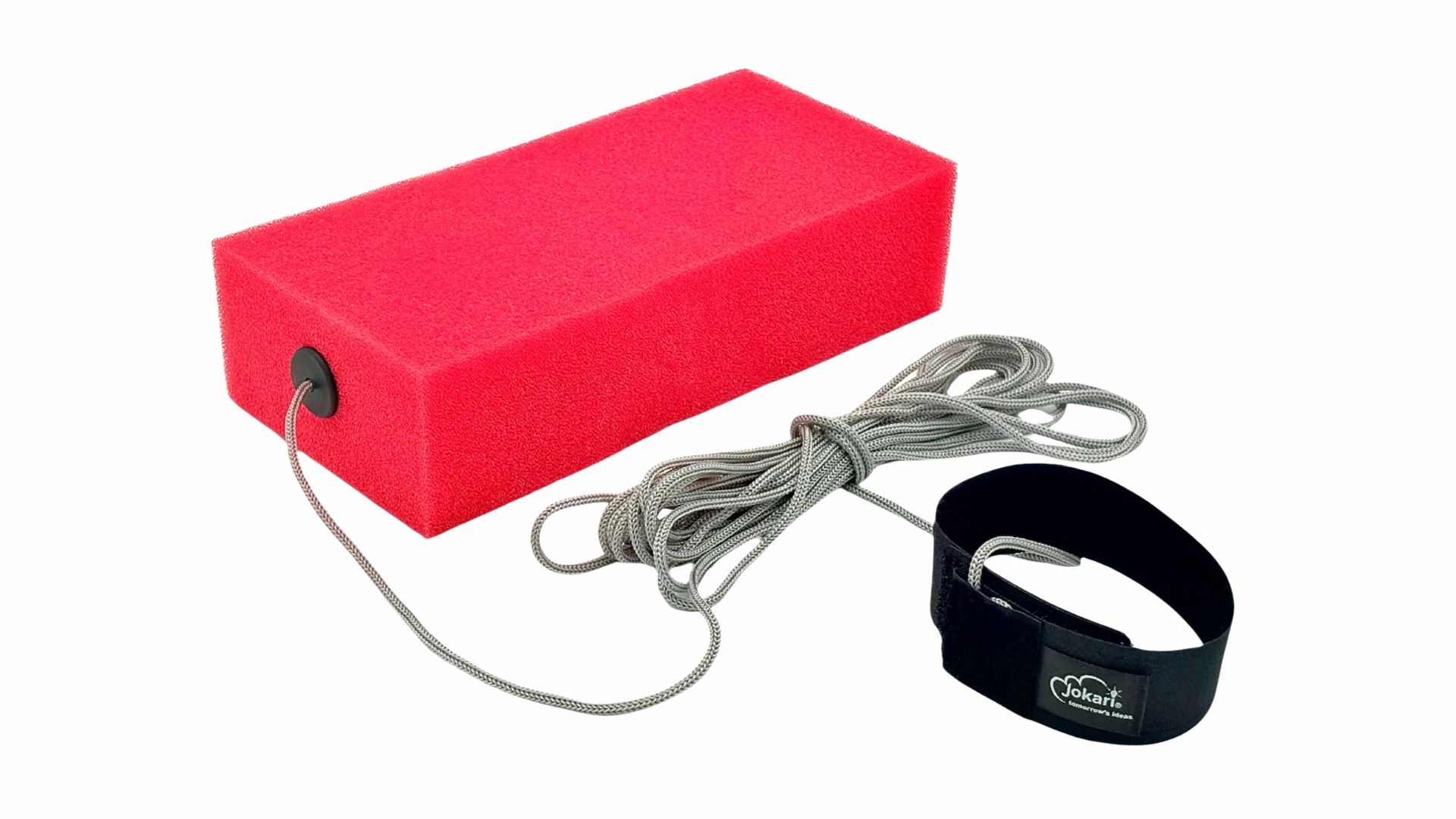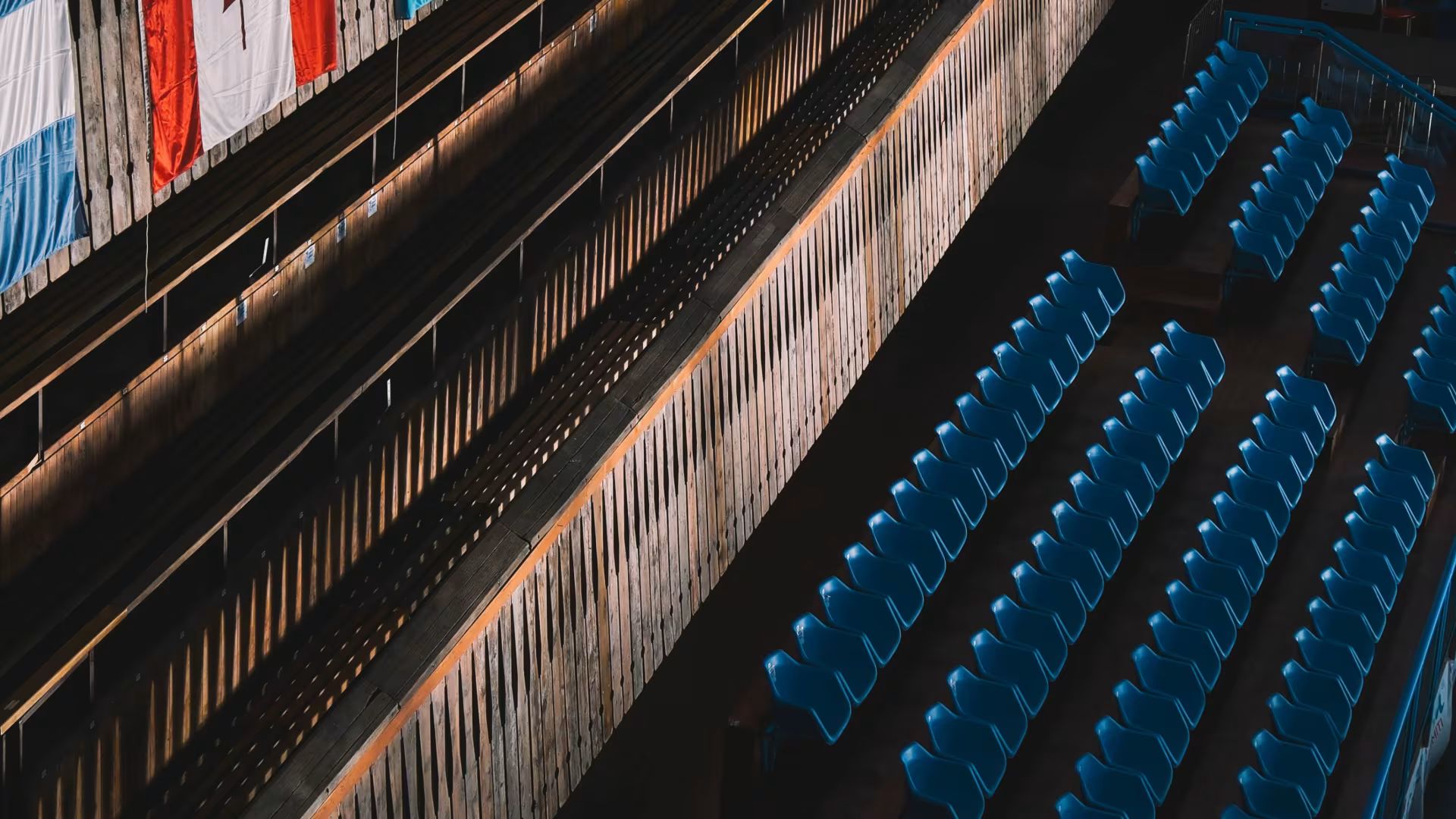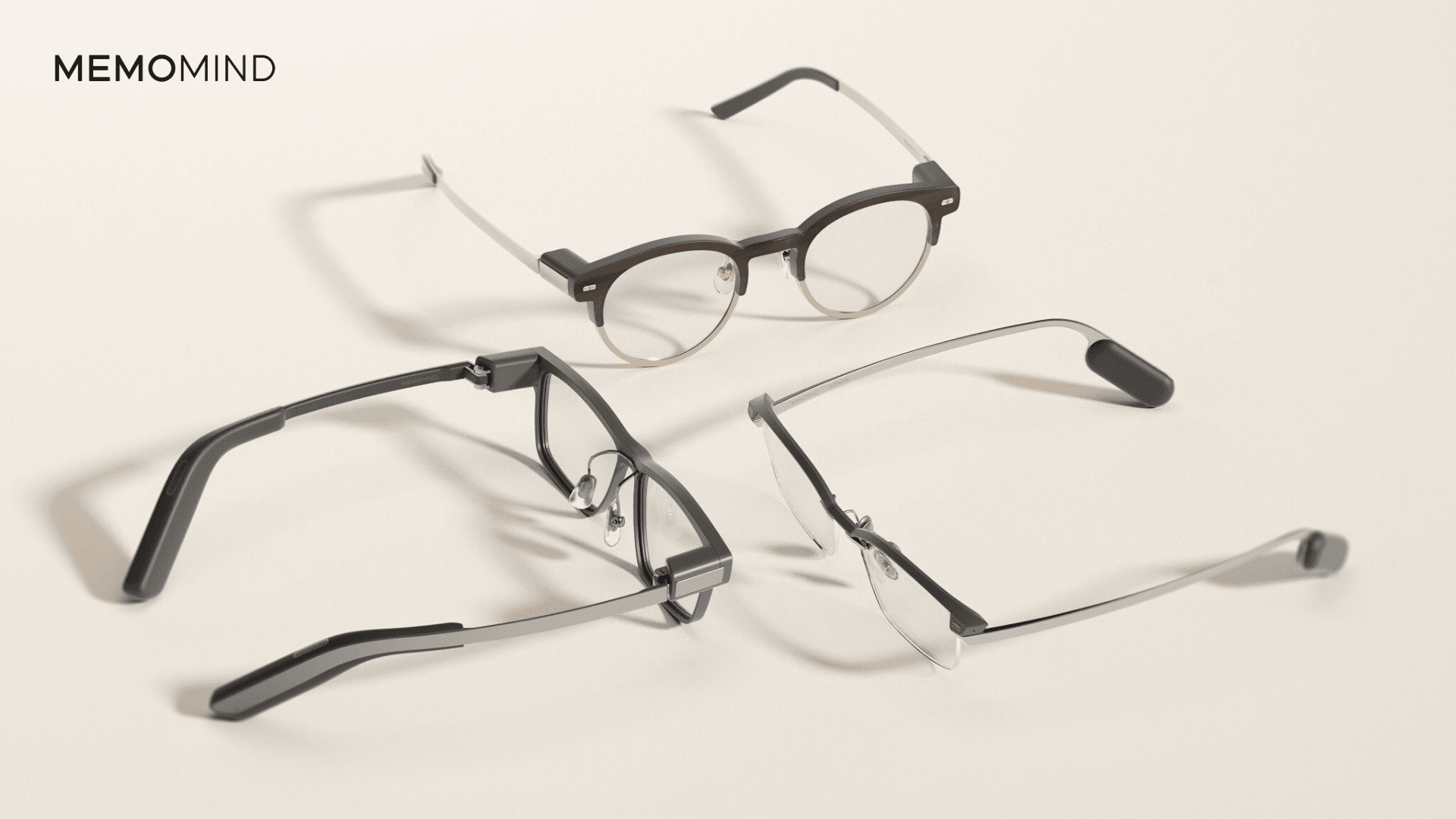Sustainability is one of the biggest challenges facing the global footwear industry. More than 24 billion pairs of shoes are produced each year, most using polluting materials and manufacturing methods that leave a massive environmental footprint. Vivobarefoot is taking a different approach—proving that the future of sustainable footwear can come from returning to our roots while embracing cutting-edge innovation.
Co-founder Galahad Clark, a seventh-generation shoemaker from Somerset, UK, grew up surrounded by 200 years of family shoemaking tradition. Initially reluctant to join the trade, he became drawn to footwear through sustainability. Inspired by professor John Ehrenfeld’s definition of sustainability—products that help us connect with nature, make us feel more human, and improve the human condition—Clark realized that barefoot shoes uniquely meet these criteria. Unlike conventional shoes that disconnect us from the earth and often damage our feet, barefoot shoes allow natural movement as nature intended.
Challenging Conventional Footwear
The modern shoe industry creates problems—arch supports, heels, toe springs, and rigid shapes—that it then tries to solve with “new technology.” As Clark puts it, “All the new technology in the shoe industry is there to solve the problems caused by shoes itself.” This insight sparked what he calls the first barefoot revolution around 2010, when companies began challenging harmful conventions.

Blending Ancestral Wisdom with Modern Tech
Vivobarefoot’s innovation lies in merging ancient, minimalist footwear principles with today’s tools. Indigenous sandals, moccasins, and other traditional shoes were naturally barefoot-friendly, made foot-by-foot from local materials. Vivobarefoot channels that approach using AI, mobile scanning, and 3D printing to create custom shoes that fit each foot perfectly while reducing environmental impact.
Through its VivoBiome system—a platform combining foot scanning, artificial intelligence, and local 3D printing—Vivobarefoot is tackling one of the industry’s biggest issues: fit. Standardized “cookie-cutter” sizing means only about 30 percent of people actually fit their nominal size, leading to discomfort and even foot deformation over time. VivoBiome’s goal is to deliver truly customized barefoot shoes that minimize waste and maximize natural movement.
Scaling a Sustainable Vision
Vivobarefoot currently produces around two million pairs of shoes annually, while its 3D-printed custom models number in the hundreds. The company aims to scale to thousands in the coming year as it improves mobile scanning accuracy, develops sustainable 3D-printing materials, and refines local manufacturing systems.
Clark remains optimistic. In an age dominated by AI and digital technology, he believes people increasingly recognize that happiness comes from reconnecting with nature: living in small communities, eating natural food, wearing barefoot shoes or fewer shoes, and putting your feet on the earth.
Ground-Up Change
Vivobarefoot’s mission goes beyond making greener shoes. It’s about rethinking how we relate to our bodies and the planet. By letting our feet feel, flex, and adapt to the ground, we can improve physical health and deepen our respect for nature. In Clark’s view, reconnection starts literally from the ground up—with our feet firmly on the earth.
This blog post was generated using Buzzsprout’s CoHost AI tool and is based directly on content from the associated podcast interview. This article has been reviewed and edited by Tomorrow’s World Today staff.







